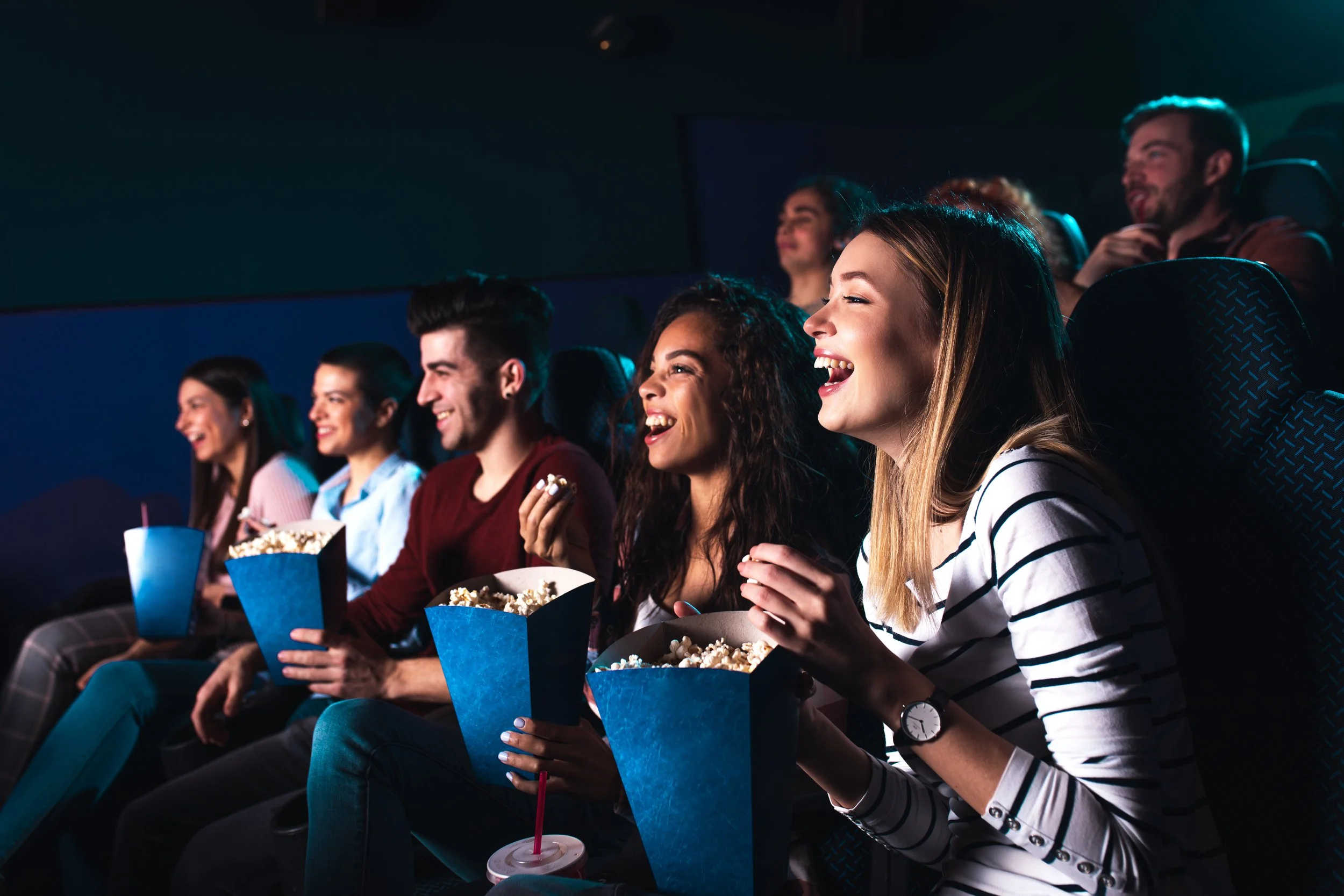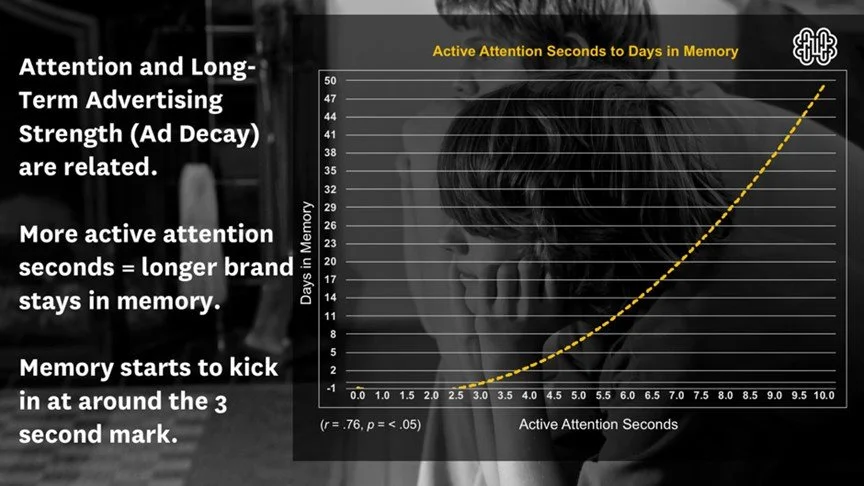Attention marketers: At least 49 days of memory encoding from 10 seconds of a cinema ad, where half the audience is under 40.
Cinema delivers what brands have always wanted from TV but with more power impact for impact– says Val Morgan MD, Guy Burbidge, it’s a must have AV inclusion, especially for brands aiming to build deeper connections and multi-month memory encoding with the under-40s that have deserted other channels. The good news is cinema makes those other channels better too.
There is no doubt that finding and connecting with younger audiences continues to be exponentially harder, especially on free-to-air TV. From the last freely available information in a Think TV fact pack in H2 2022, the profile of P18-39 on LTV was <12%. That’s over 60% less than the population universe. (Source: https://thinktv.com.au/facts-and-stats/fact-pack-jul-to-dec-2022/). Of course, this is two year old data, but based on market feedback it seems not much has changed in 2022.
Clients might technically find these audiences on digital video – but reach numbers on a spreadsheet are not the same thing as real people actually paying attention to ads. Not blocking them, skipping or scrolling past them. Which is probably why a three-year study by Adgile Media found brands quickly went backwards when they tried to make up the numbers with “masses of cheap YouTube impressions” and a bit of “expensive VOD”.
While Adgile made the case for broadcast TV in general, I’d confidently argue cinema is a much better bet for brands seeking to connect with young people. More than two thirds of Cinema’s audiences last year – were under 40. Yet just 8 per cent of campaigns specifically target that audience.
That is a massive missed opportunity.
There is always a reach and a cost component, but with exploding sources of supply – Amazon Prime pushing into ads, Netflix, Disney, Paramount, FAST channels, CTV in all its forms – it is not a question of reach any more. It never really has been.
It’s a question of value and layering that value together across all the AV channels.
That value is the impact and connection the advertiser makes. How do you reach them in a moment when they're not just on their own, channel hopping and using multiple devices? How do you think about the complementary role channels play with each other? How do you position your brand within the cultural landscape?
As a starting point, all you have to do is look at cinema’s audience profile and its attention data.
Cinema has always been the home of youth. Big screen, cultural moments, co-viewing. But better, because people are actually paying to be there to be immersed in the experience and see this as a permanent fixture in their suite of entertainment options.
Reach only has true value to an advertiser if people are engaged and watching and listening to the ad. Benchmarking expert System1 ranks soundtracks as a critical component of ad effectiveness, with the ability to make messaging 40 per cent more effective. Likewise creative, emotional ads with a story arc – drama at the beginning and emotion at the end, per System1 CMO Jon Evans. I’d argue no other media can better deliver those critical components to the fullest of effect.
If you then combine that with the Karen Nelson-Field's work on attention, having measured real people not device or meta data, you will know that not all reach is created equal.
Neither is attention equal. Our audience attention levels – as verified by Amplified Intelligence – are higher than other channels, with high levels of total attention and no wastage.
“We don’t see any non-attention,” said Nelson-Field after a research study for Val Morgan. “That means there is zero waste. So 100 per cent of the time, 100 per cent of people are sitting there watching the ad or they are passively viewing it.”
Memory boost
Plus, Nelson-Field’s research suggests that for every additional second of active attention a brand gains above a three second minimum, it stays in the audience’s memory for an extra three days.
Source: Amplified Intelligence
At 10 seconds, brands are in mind for 49 days. Her chart above doesn’t go any further, but on that basis one can safely assume cinema ads will be at the very top end – perhaps the highest – of any media channel as active attention to an ad rises beyond 10 seconds.
Building memory structures in turn builds mental availability – a cornerstone in how brands grow, per another great marketing professor, Byron Sharp.
All of these combine to deliver better business outcomes – especially for those campaigns that utilise a breadth of AV options.
Recent research conducted by FityFive5 for Val Morgan, proves that when used in combination with video and TV, Cinema delivers an average 8x boost in upper funnel metrics and an average of 4x in the mid funnel on a spot for spot basis.
This good news means that Cinema makes the sum of the parts far more effective than the individual elements.
That’s an outcome worth rethinking the marketing mix for. It’s why Cinema should be on every schedule as a must-buy.


